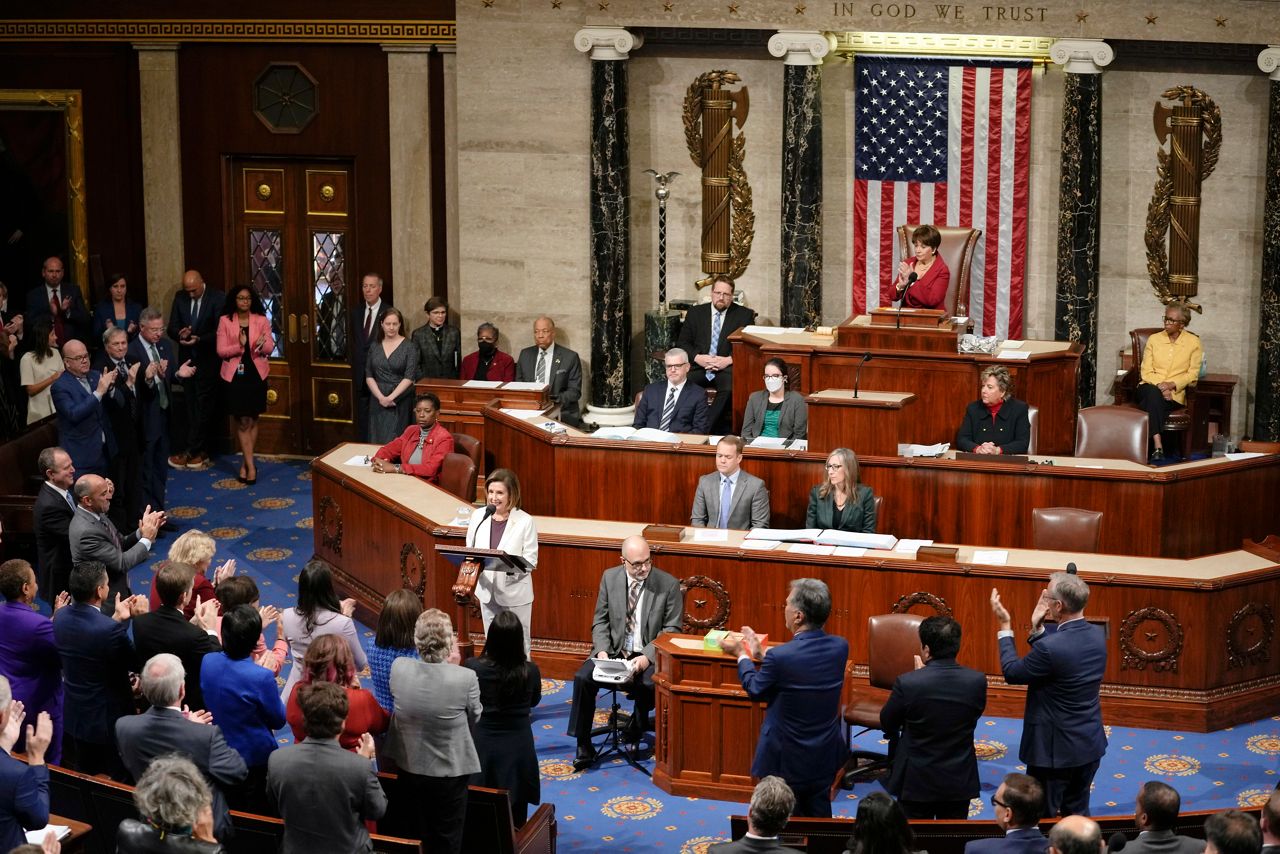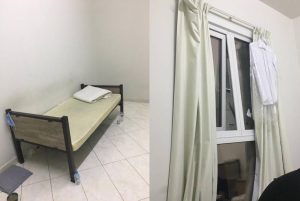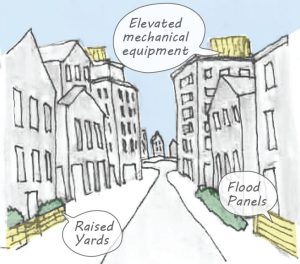A new study published in the BMJ Global Health Journal on Tuesday found a massive number of young people around the world are at risk of hearing loss, a figure attributed to the increase in personal listening devices and loud entertainment and social venues.
The study focused on 33 papers published between 2000 – 2021 containing information on the listening habits of individuals between the ages of 12 – 34. Researchers split the data – which included over 19,000 respondents across 20 countries – between exposure to high levels of noise at public venues and exposure to listening devices.
According to the World Health Organization and the Centers for Disease Control and Prevention, prolonged exposure to noise above 70 decibels can start to damage hearing, while loud noises above 120 decibels can “cause immediate harm to your ears.” Experts recommend keeping noise exposure below 75 decibels over an eight-hour period.
To put that into perspective, a normal conversation or the hum of an air conditioner hovers around 60 decibels, while the sound from a firecracker can be between 140 – 150 decibels, which can cause immediate pain and ear injury.
The maximum volume level for personal listening devices and loud venues such as night clubs and concerts is typically between 105 – 110 decibels, which the WHO says makes hearing loss “possible in less than 5 minutes.” A person is considered to have hearing loss if they are “not able to hear or has a hearing threshold of 25 dB or more,” per the WHO.
According to the data published Tuesday, previous studies have “reported inconclusive findings on associations between unsafe listening practices and permanent changes to hearing.”
Using self-reported data from the 33 studies, and based on an estimated worldwide population of around 2.795 billion individuals between the ages of 18 – 34, researchers in Tuesday’s study estimated roughly 23% of that cohort were exposed to prolonged periods of loud recreational noise from personal listening devices, an average of the estimated range between around 19% and 29%.
Those figures represent approximately .67 billion individuals.
Researchers also estimated around 48% of young people were frequently exposed to loud noises at entertainment venues, a figure that translates to roughly 1.3 billion individuals.
“Results from this systematic review and meta-analysis show that unsafe listening practices are highly prevalent among adolescents and young adults and that an estimated 0.67–1.35 billion individuals worldwide could be at risk of hearing loss from voluntary unsafe recreational listening practices,” researchers wrote in part. “These findings highlight the urgent need to implement policy focused on safe listening habits worldwide in order to promote hearing loss prevention.”
The study underscored policy recommendations issued by the WHO in 2015 in guidance called the “Make Listening Safe” initiative that aimed to “modify unsafe listening behaviours (sic) and regulate and limit (when necessary) voluntary exposure to loud sounds from PLDs [personal listening devices] and other loud recreational settings, including from entertainment venues.”
In its guidance, the organization noted that local and national governments have a responsibility to implement policies to protect citizens’ hearing, pointing to a law first proposed in Minneapolis, Minnesota in 2014 that requires bars to offer free earplugs to patrons.
The federal government in the United States regulates noise levels for a number of industries, including aircrafts and airports, interstate commerce, federal projects and other workplace activities. The Occupational Safety and Health Administration also regulates noise exposure for employees in the private sector – which includes the entertainment industry – but patron’s exposure to loud noises in such establishments has long been considered a matter of choice.
By and large, it comes down to localities to implement and enforce noise level laws.
“State and local governments determine the extent to which other sources of noise are controlled, and regulations for such sources can vary widely among localities,” a report from the Congressional Research Service reads in part.
There are a number of steps individuals can take to protect themselves from hearing loss, including downloading a noise-detecting app to their smartphones. Experts also recommend using noise-canceling headphones and checking the audio output settings on all devices.




